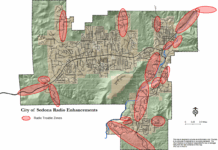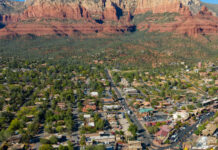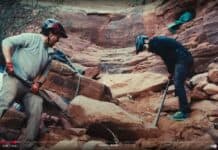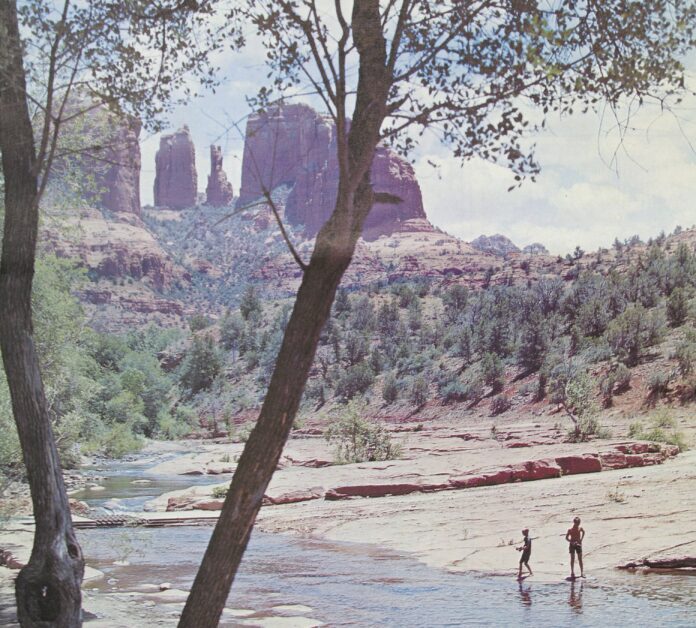
The results of the 2022 National Community Survey for Sedona conducted last fall are out and they are sobering.
While residents are generally happy with public safety [“excellent” or “good” combined: 88%], the natural environment [90%] and parks and recreation [80%], the survey’s top lines indicate that residents are generally unhappy with their local government [34%] or what they feel is the direction the city is taking [28%]. We still commend city staff for releasing these distressing numbers and have a link to the whole survey on our website.
As the voice of Sedona, both in print and online, being in touch daily with residents who give us feedback on issues ranging from the City Council’s decisions to zoning to nonprofit funding to fire protection to schools, we can’t say that the survey numbers are particularly surprising.
Logic would dictate that residents who feel unhappy with their governments by a factor of two thirds would elect someone new. While voters back in August did reject one councilman and the incumbent mayor, with whom they were unhappy, it is nevertheless surprising that residents who feel so poorly about our local leadership inexplicably promoted the incumbent vice mayor who voted for those things residents say they don’t like.
Residents also said that Sedona is not a good place to raise a family. Speaking as a father of three, it’s difficult to find activities here, so we often find ourselves commuting elsewhere to participate in family-focused activities we want our kids to experience.

Simply put, Sedona would be a better place to raise a family if there were fewer vacation rentals and more housing options for young families and workers to afford rent here even if they weren’t independently wealthy. By virtue of simply having more parents to organize events and children to attend, there would be more events and activities for families. The irony is that rents are rising so high that anyone who can afford them can earn enough to afford a home loan and thus need not rent at all.
The lack of housing and the conversion of homes into vacation rentals underlie many of the survey’s numbers, including lack of community and diminished services from understaffed businesses and organizations. However, while city leadership is not to blame for the legalization of vacation rentals by the Arizona State Legislature, council is solely and 100% responsible for its own dismal numbers.
Council members get stuck in echo chambers listening to their own supporters and donors rather than the general public. They often make illogical decisions based on “wouldn’t it be nice” dinner party thought experiments without taking into account how residents, tourists, commuting workers and normal humans actually behave.
Take the Sedona Shuttle. Council built it to ferry tourists to busy trailheads so wealthy supporters near those trailheads wouldn’t complain to council or the city manager’s office. Most residents and workers know little to nothing about the shuttles and will never ride them, so friends or tourists who ask about the shuttles are met with blank stares. And thus, as we’ve seen, shuttle ridership has fallen precipitously. A logical city would build a bus system for residents first, charging little to nothing. Residents happy to use it would spread the word by talking to their friends and posting on social media. Then, when the system was successful, the city would expand the service to ferry tourists to trailheads.
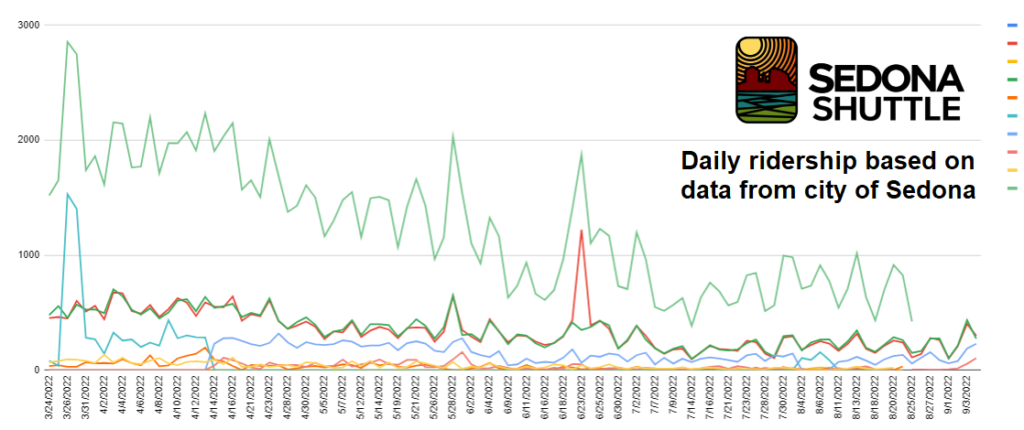
Or the city’s on-demand microtransit system, which will use taxpayer-funded vehicles and charge $6 per ride to take people up and down State Route 89A — brilliant — the city just reinvented Uber.
This disconnect between residents and council climaxed in the $24 million purchase of the Sedona Cultural Park, spending tax dollars for hypothetical housing — maybe, some day, before the sun supernovas — rather than building apartment complexes right now.
The figure of three quarters of Sedona residents who believe the city is headed in the wrong direction is about on par with the general tone of the letters to the editor we receive. This disconnect from the community reflects on us all. We hear loud voices from long-time Sedonans asking what happened to the old Sedona, or where our sense of community service and selflessness has gone, or why so few city staff live within city limits anymore.
During the last few election cycles, the candidates running for council have been newcomers, not long-established figures with institutional memory of what happened before or of how the city acquired certain things, like Sunset Park or the Posse Grounds complex.
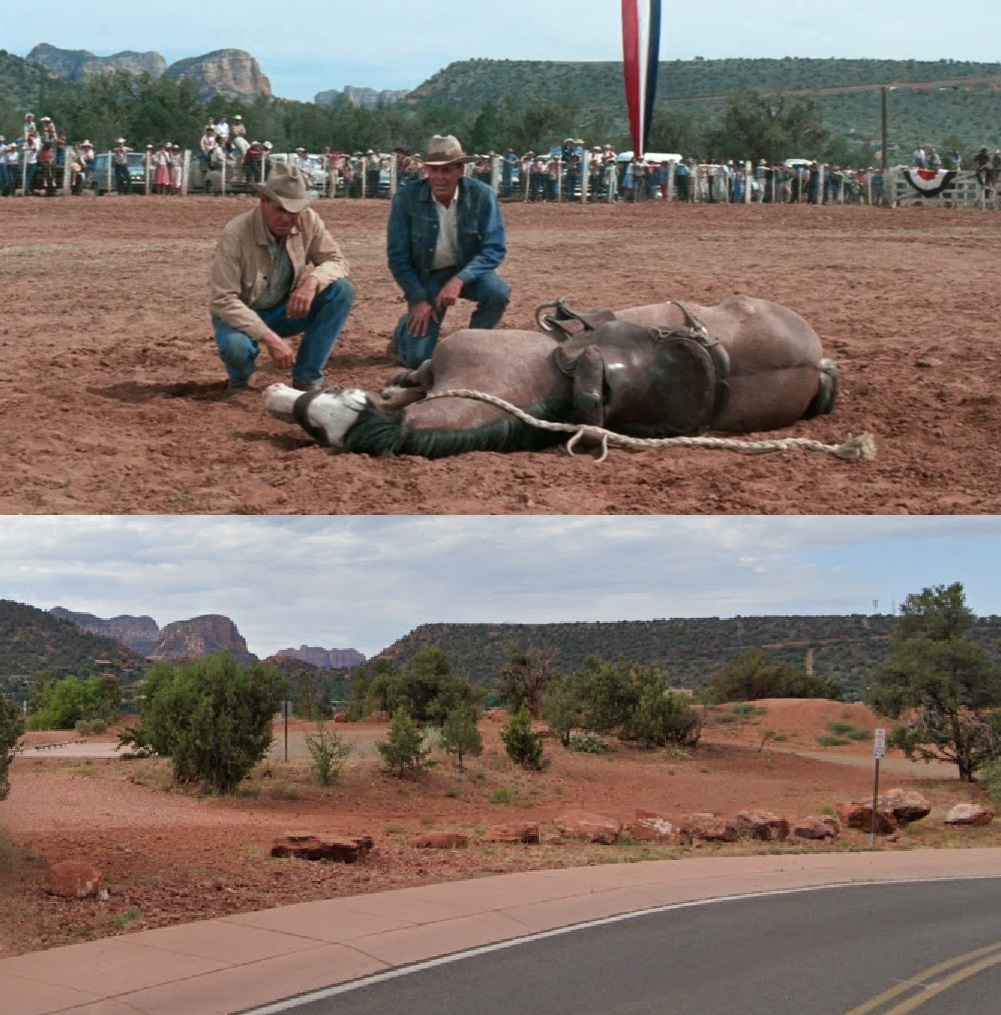
Hearing misstatements about Sedona’s history from the dais is not new a phenomenon, but what’s new is the silence from other council members or city staffers who themselves don’t know Sedona’s history, the history of how the very things they govern came to be.
History does not repeat itself; it is not sentient. We are, and we repeat our mistakes when we don’t learn our history.


